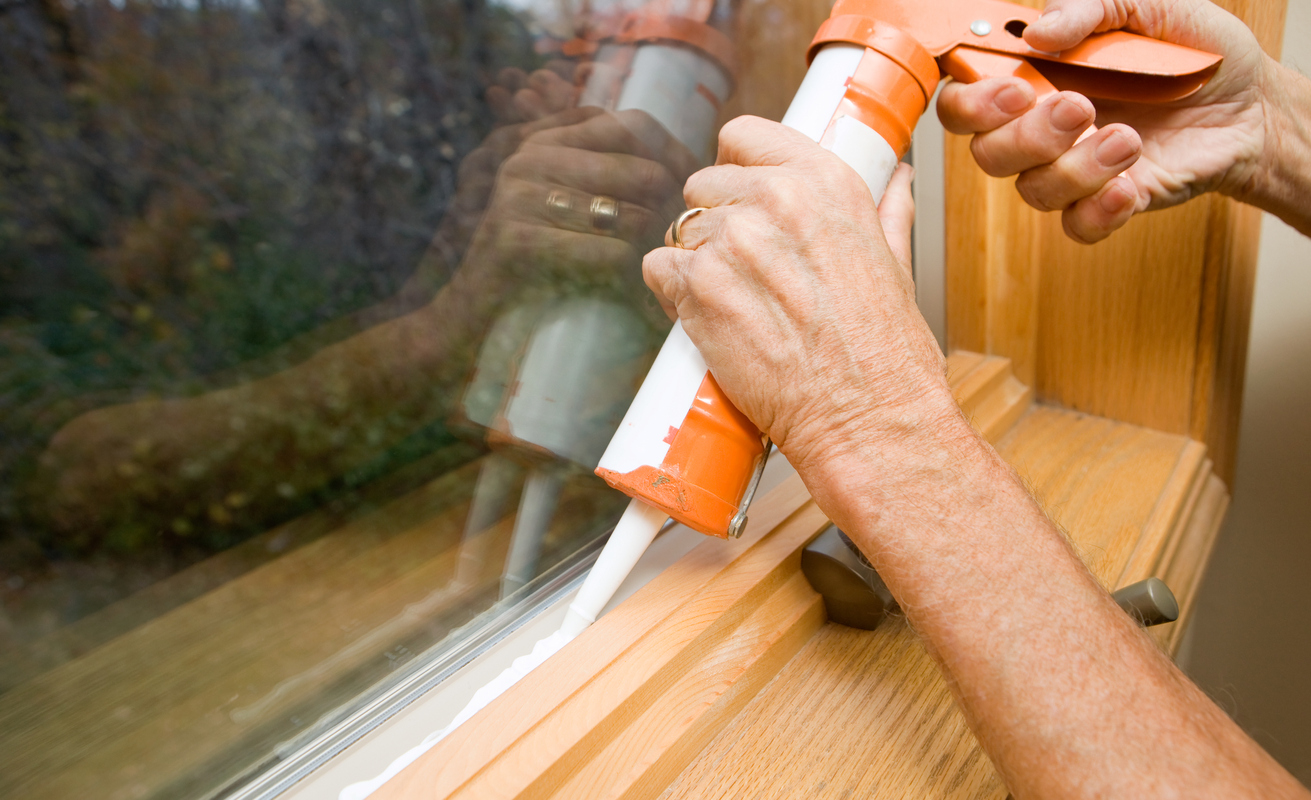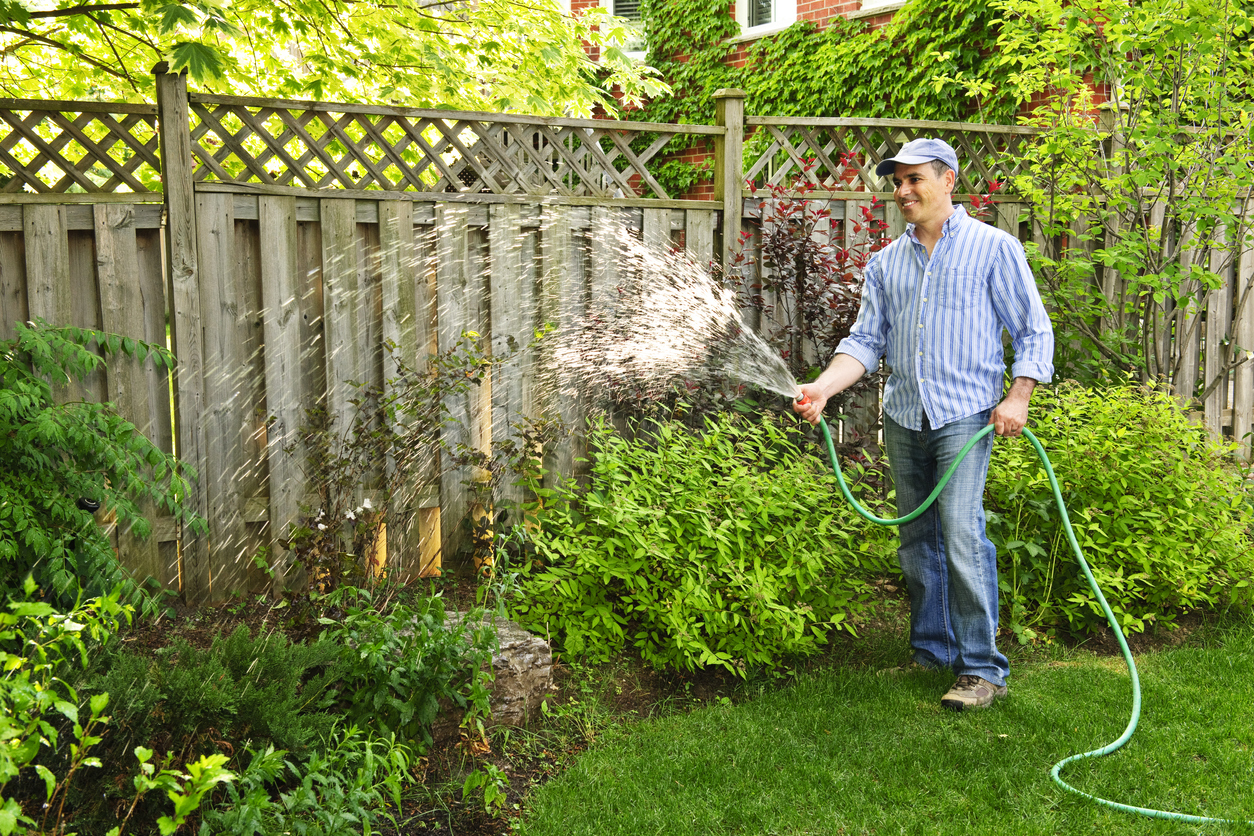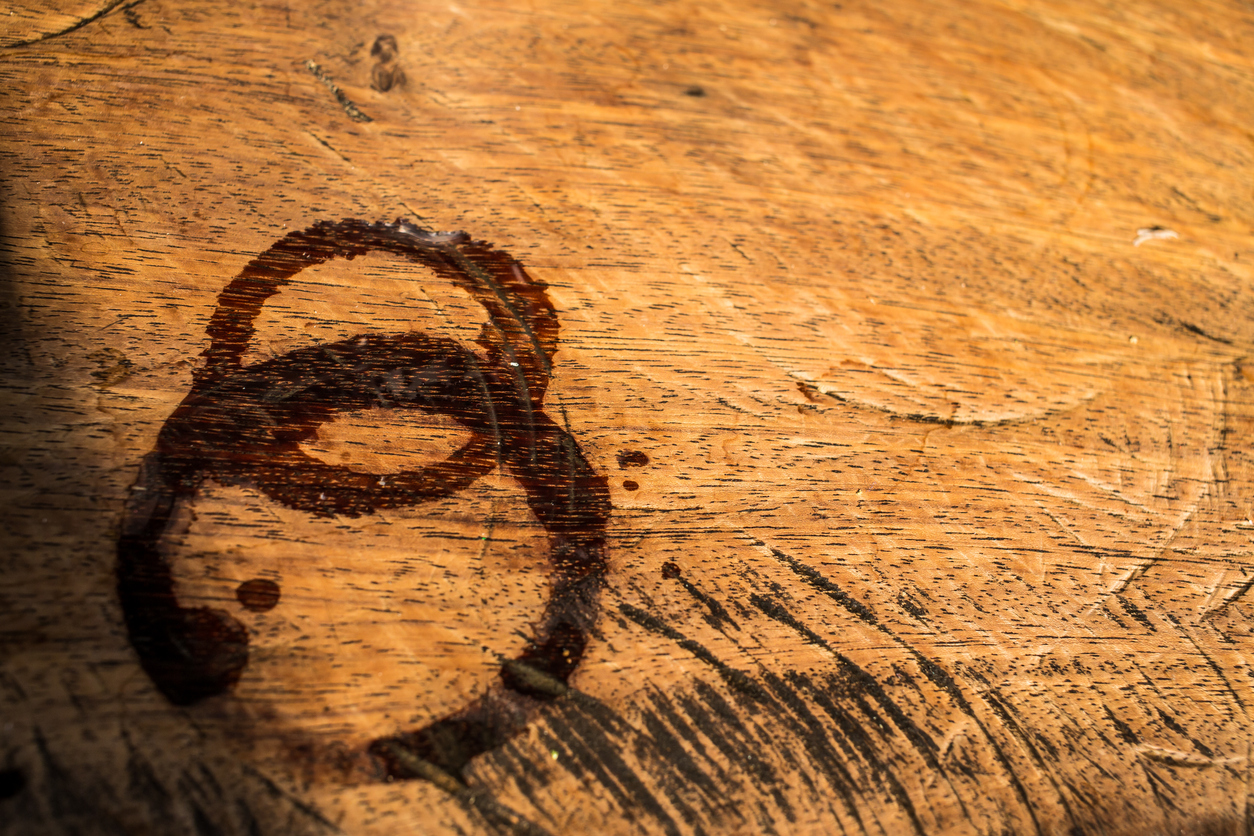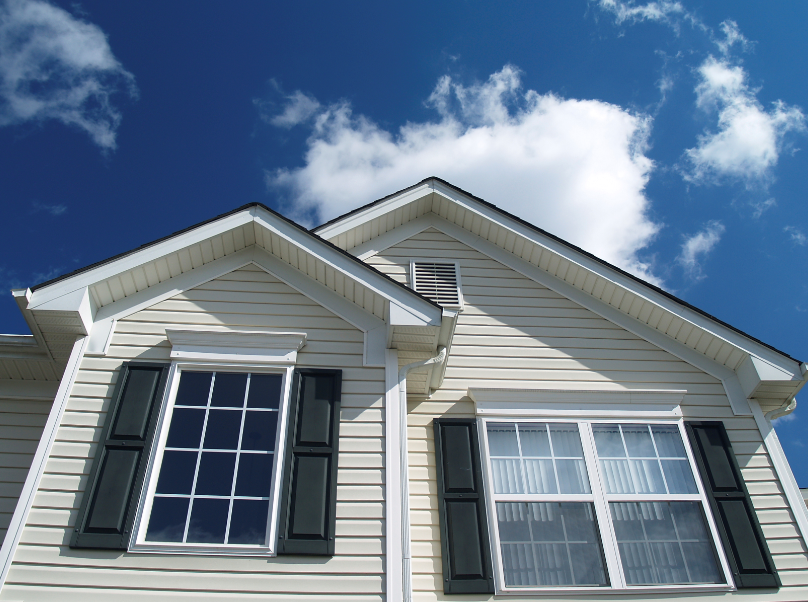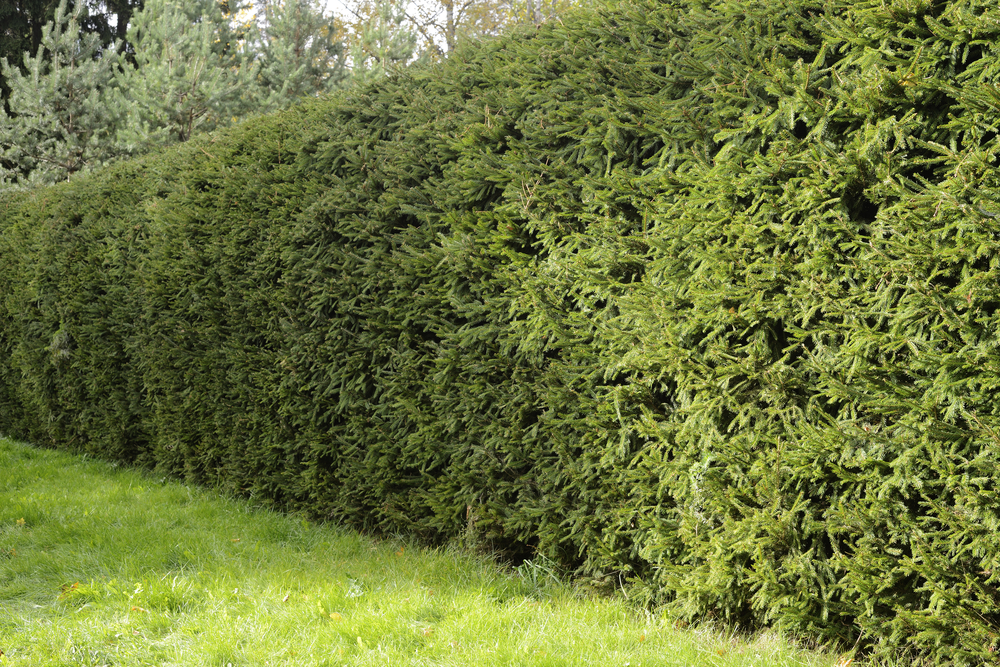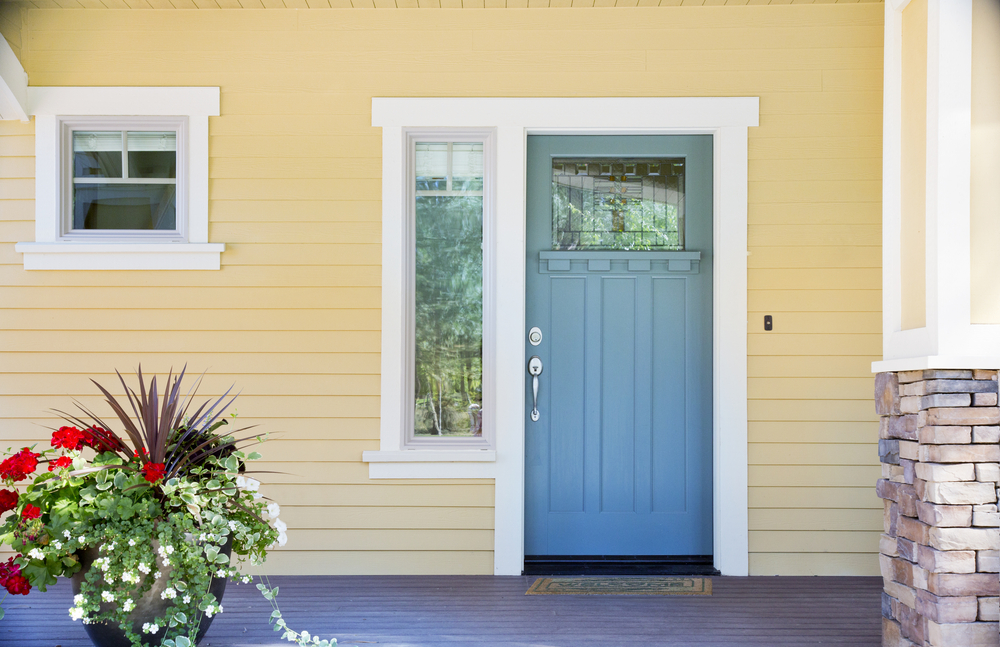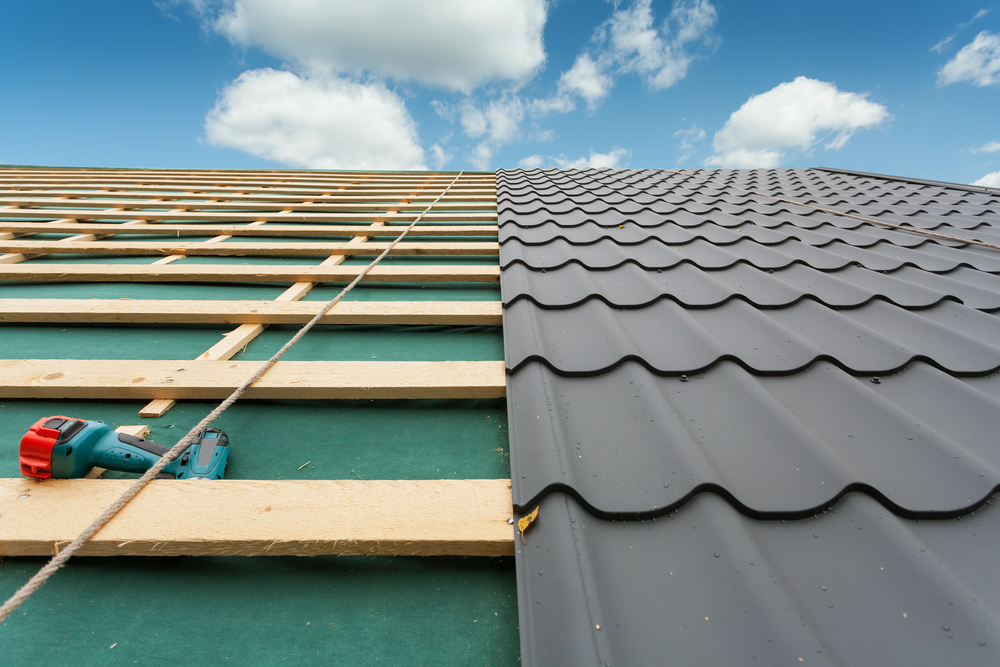Chain link fences are an inexpensive and easy way to keep your children, pets, and belongings safely inside your yard and keep unwanted items out. However, over time, these fences many can rust or become generally unsightly. Since it can be very difficult to remove this fence, due to the root balls that are buried deep in the ground that hold it in place, your better bet may be to simply hide the fence.
Fence Slats
Being that there are such wide openings in chain-link fences, you can easily slide plastic or aluminum slats in between them to make your fence a bit more visually appealing. These slats are very long-lasting; however, they can be a bit expensive and take a while to install.
Reed Screens
These provide you with decent privacy and can help cover any unsightly chain-link fence for a pretty low cost. The main downside is that reeds start to become discolored and can fall apart after a year or two. If you don’t mind the upkeep, they may be a good option for you.
Mesh Screens
These screens allow water and wind to pass through them but still give you some privacy. Mesh screens are highly durable and are the most cost-effective option for covering a chain-link fence. However, this method is often used for a more utility-based purpose of privacy, so they aren’t designed to be that pretty to the eye.
Bushes
If you’re looking to spruce up your yard in the process of covering up a chain-link fence, why not invest in some tall bushes? These add color to your yard as well as unwavering privacy and shade in the hotter months. The main issue here is the cost, since adding shrubbery can be expensive.
After you improve your yard’s appearance by covering that fence, why not keep it going and update your roofing or siding? The experts at JM Roofing & Siding are here to help with your repair and installation needs — just give us a call to get started!


